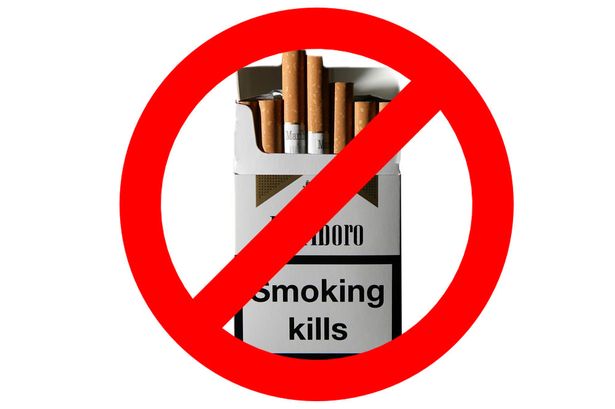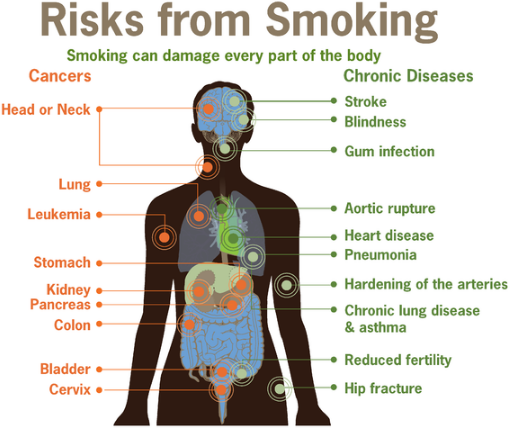BAN ON CIGARETTES

Disclaimer: Copyright infringement not intended.
Context
- New Zealand said it will ban young people from buying cigarettes for life, one of the toughest approaches in the world to curbing smoking deaths as part of a wider plan that focuses on the disproportionate impact on its indigenous Maori population.
Details
- New Zealand is already one of 17 countries where plain cigarette packaging is compulsory.
- New Zealand plans to make it illegal to sell cigarettes to anyone aged 14 and under from 2027.
- The ban will remain in place for the rest of the person’s life. That means a person aged 60 in 2073 will be banned from buying cigarettes, while a person aged 61 would be allowed to do so.
- It also bans sales to anyone under 18, but it says those measures are not enough to reach its goal of a national adult smoking rate of less than 5% by 2025.
Trivia
- Bhutan banned cigarette sales outright in 2010 (although it lifted the ban temporarily in 2020 to stop black market imports from India during a COVID-19 border closure,).
Tobacco in India
- Nearly 267 million adults (15 years and above) in India (29% of all adults) are users of tobacco, according to the Global Adult Tobacco Survey India, 2016-17.
- The most prevalent form of tobacco use in India is smokeless tobacco and commonly used products are khaini, gutkha, betel quid with tobacco and zarda. Smoking forms of tobacco used are bidi, cigarette and hookah.
Impact of smoking

- Smoking and exposure to secondhand smoke kill about 1.2 million Indians each year.3
- India accounts for 70% of the global burden of smokeless tobacco.
- Tobacco leads not only to loss of lives but also has heavy social and economic costs.
- For example: The total economic costs attributed to tobacco use from all diseases in India in the year 2017-18 for persons aged 35 years and above amounted to INR 177 341 crore (USD 27.5 billion).
Government and Judicial Interventions
- Supreme Court (Justices M B Shah and R P Sethi bench) advocated for banning smoking in public places.
- It recognised that lighting of cigarettes in public places invariably infringed non-smokers' right to life, guaranteed as a fundamental right under Article 21 of the Constitution.
- From 1975, inscribing of statutory warning - 'cigarette smoking is injurious to health' - was made mandatory on each packe
- Prevention and Control of Pollution Act of 1981: Recognized smoking as an air pollutant.
- In 2003, India passed the Cigarettes and Other Tobacco Products Act (COTPA), which prohibits tobacco advertisements through most forms of mass media.
- International Convention: India ratified the WHO Framework Convention on Tobacco Control (WHO FCTC) in 2004.
- Cigarettes and other Tobacco Products (Packaging and Labelling) Amendment Rules, 2020: These provide for new sets of specified health warnings with enhanced pictorial images to be printed on all tobacco products
Other Steps taken,
- Price and tax measures.
- Plain packaging to minimise the promotion of the products.
- 100% smoke-free public spaces.
Why not a blanket ban on cigarettes in India?
- The tobacco economics appears to be the prime reason dissuading governments from signing the death warrant for cigarettes.
- The Rs 35,000 crore tobacco industry employs a whopping 36 lakh people and contributes 10% of India's total excise revenue, of which nearly 90% is contributed by cigarettes.
Are such bans effective?
- While on one hand making tobacco products dearer may lead to an overall decrease in consumption of tobacco globally, on the other hand, it can lead to an increase in the sale of loose cigarettes.
- A study found that 57 per cent of cigarette smokers (3.46 million approximately) in India (based on data from the Global Adult Tobacco Survey, India 2009–2010) bought loose cigarettes.
- According to a 2017 study published in the Journal of the Scientific Society, raising tax on tobacco products is one of the key ways of controlling tobacco consumption.
Way ahead
- A comprehensive tobacco control policy is the need of the hour.
- Steps like a complete ban on tobacco marketing, support for smokers who want to quit, prevention of tobacco industry interference need to be undertaken.



1.png)
